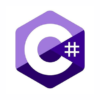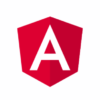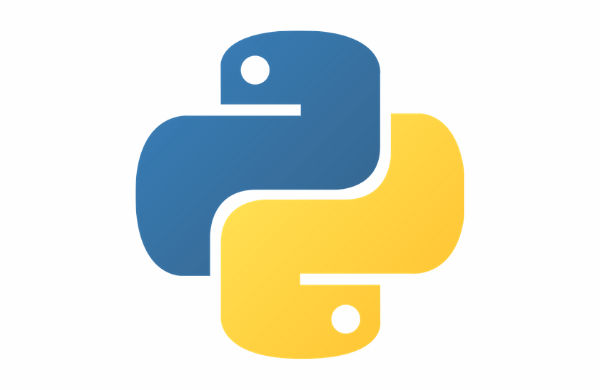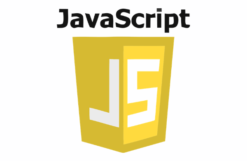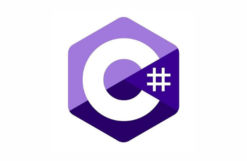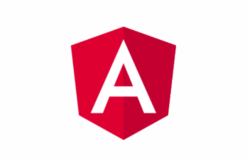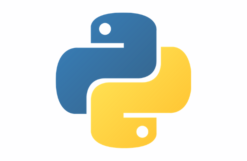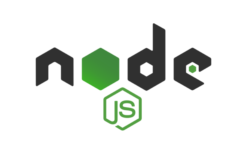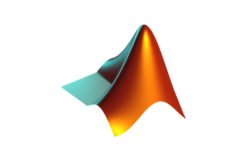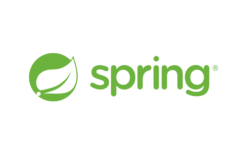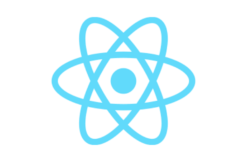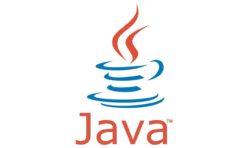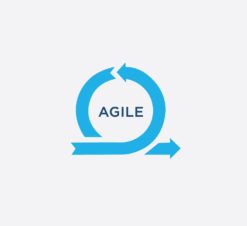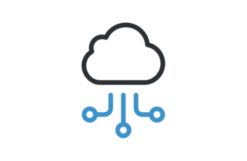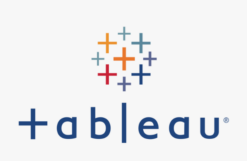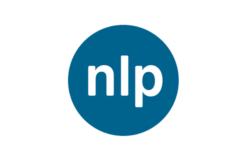Course Overview:
Python is an interpreted, high-level, general-purpose programming language used in various fields such as data science, web development, automation, and general software engineering. This Python 3 Fundamentals course is a great introduction to both basic programming concepts and the essentials of the Python (latest 3.8.2) programming language syntax.
Course Objectives:
- Learn what Python is as a programming language and when to choose it versus other programming languages
- Learn how to interpret and write Python syntax
- Understand the basic data types of the language including their usages in various modules that are part of the standar library
- Get hands-on experience with solving programming challenges and questions using Python
- To learn how Python modules work and be able to install and use third-party modules from the public index
Requirements:
- None
Good to Have:
- Basic understanding of command line interface tools
- Intermediate knowledge of Object Oriented Programming
- Experience with other high level languages like Java or JavaScript
Target Audience:
- Perfect for non-techie individuals who wish to explore the world of programming
- Professionals coming from other programming languages and wish to pick up Python 3+
- Programmers who are coming from Python 2 and wish to learn the new syntax Python 3 covers
Course Duration:
- 3 Days
Course Content:
- Getting Started
- Installation
- Python
- Choice of IDE
- Required modules
- Project Environment Setup
- Creating a workspace folder
- Testing if installation is correct
- First Steps Towards Programming
- Syntax
- Expressions
- Statements
- Variables
- Symbols Definition
- Terminologies
- Data Types
- Primitives
- Numbers
- Strings
- Booleans
- Equivalence
- Data Structures
- Lists
- Tuple
- Dictionary
- Set
- Operators
- Arithmetic Operators
- Compound Operators
- Comparison Operators
- Membership Operators
- Logical Operators
- Identity Operators
- Control Structures
- Conditional
- Loops
- For loop
- While loop
- Loop with Else
- The range() function
- Break, Continue & Pass
- Functions
- Calling functions
- Defining functions
- Returning values
- Accepting arguments
- Default arguments
- Keyword arguments
- Arbitrary arguments list
- Anonymous Functions
- Map, Filter
- Modules & Packages
- Introduction to The Standard Library
- Mathematics
- Dates and Times
- Random
- Operating System Interface
- Modules
- Packages
- Installing Third-Party Packages
- Anaconda
- Introduction to The Standard Library
- Comprehension
- General comprehension syntax
- Types of comprehension
- Generators
- Generators vs Lists
- General generator syntax
- Functional generators
- Object Oriented Programming
- Introduction to Object Oriented Programming
- Classes and Objects
- Properties and Methods
- Initialiser & Destructor
- Inheritance and Method Overwriting
- Error Handling
- When to use Exceptions
- Handling Exceptions
- Custom error handling routines
- File and Directory Handling
- Reading & Writing Text Files
- Managing files and folders from Python
- Databases
- Introduction to databases
- CRUD operations on SQLite3
- Integrating with external databases
- Virtual Environments
- Creating virtual environments
- Custom Content (depending on attendee’s requirements)
- Exploration of relevant packages
- Mini project


